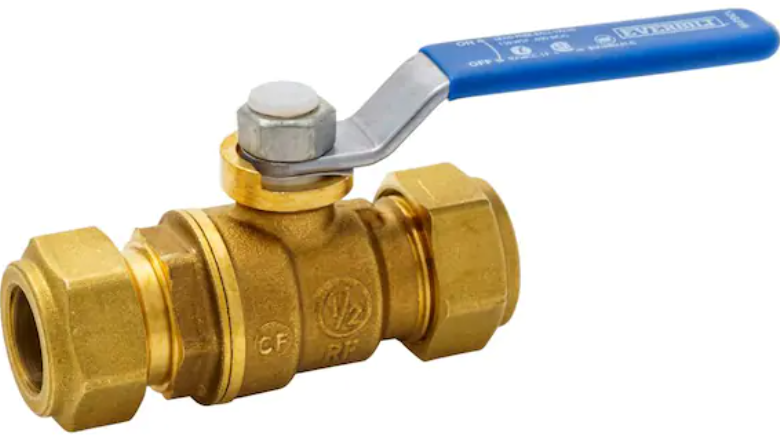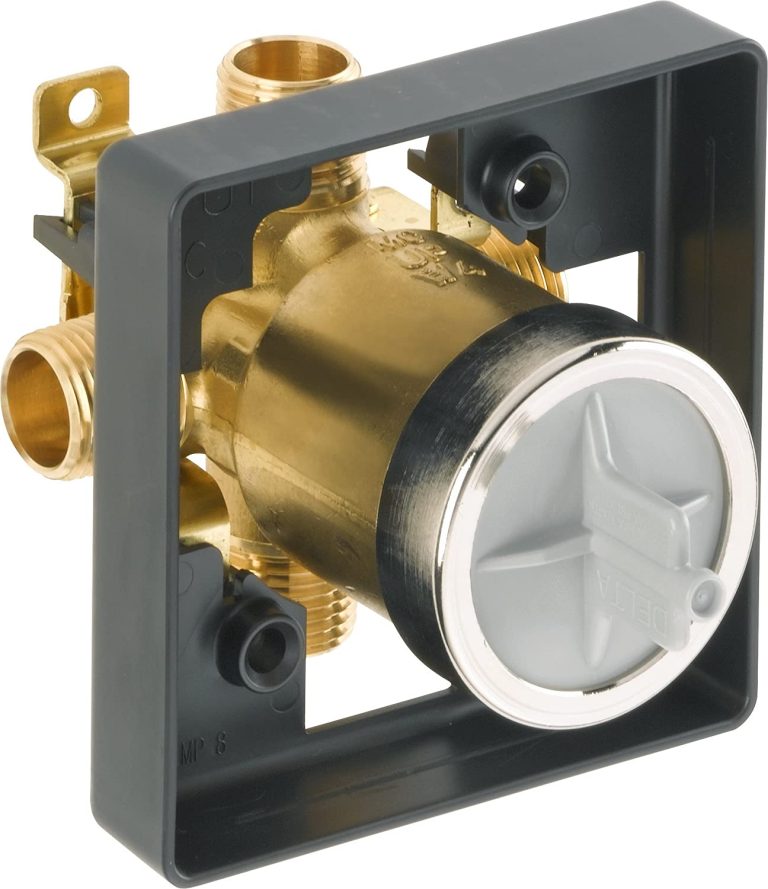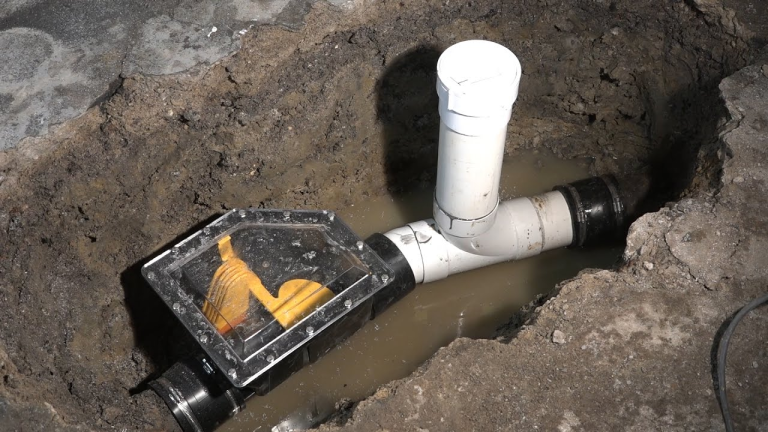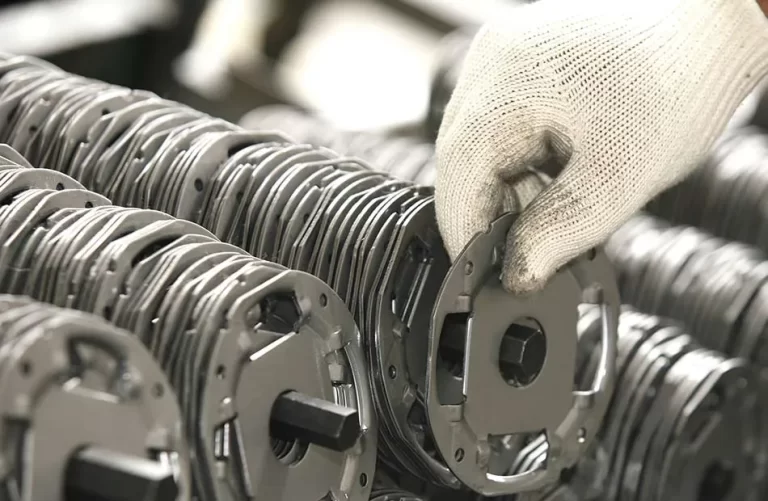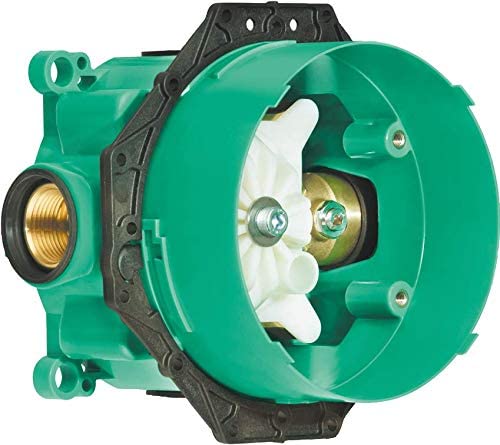The Ultimate Guide to Table Saws
Table saws are essential tools in woodworking and carpentry, renowned for their precision and versatility. This comprehensive guide explores everything you need to know about table saws, from their basic functions to advanced usage tips and related content involving geotextiles in construction projects.

Understanding the Table Saw
A table saw consists of a circular blade mounted on an arbor, driven by an electric motor. It protrudes through a table surface to provide stable support for cutting various materials, making it ideal for straight cuts, crosscuts, and more intricate woodworking tasks.
Choosing the Right Table Saw
Selecting the perfect table saw involves considering several factors:
- Types Available: Benchtop, contractor, and cabinet saws cater to different needs, from portability to heavy-duty precision.
- Motor Power: Higher horsepower ensures smoother cuts, crucial for woodworking projects.
- Safety Features: Blade guards, riving knives, and anti-kickback devices enhance safety during operation.
- Table Size and Extensions: Larger tables and extendable surfaces accommodate larger materials, enhancing versatility in woodworking tasks.
Safety Tips for Operating a Table Saw
Operating a table saw requires strict adherence to safety guidelines:
- Protective Gear: Always wear safety goggles and hearing protection, and avoid loose clothing around the saw.
- Blade Maintenance: Keep blades sharp and correctly aligned to prevent kickback and ensure accurate cuts.
- Use Push Sticks: Use push sticks for narrow cuts to keep hands safely away from the blade.
- Follow Manufacturer’s Instructions: Adhere to the manufacturer’s recommendations for safe operation and maintenance.
Maintaining Your Table Saw
Regular maintenance enhances a table saw’s performance and longevity:
- Cleanliness: Remove sawdust and debris after each use to maintain smooth operation.
- Lubrication: Regularly lubricate moving parts to prevent rust and ensure smooth movement.
- Blade Inspection: Check blades regularly for wear and damage, replacing them as necessary.
- Alignment Checks: Ensure the blade, fence, and miter gauge are properly aligned for precise cuts.
Using Table Saws for Non-Wood Materials
While primarily for wood, table saws can cut other materials with proper precautions:
- Appropriate Blades: Use blades designed for specific materials like metal or plastic.
- Adjust Cutting Speed: Some saws allow speed adjustments to optimize cutting for different materials.
- Safety Measures: Wear appropriate safety gear to handle debris and sparks from non-wood materials safely.
Understanding these aspects ensures you harness the full potential of your table saw, making it a valuable asset in your workshop. Just as geotextiles provide stability in construction, a table saw offers precision and reliability in woodworking tasks.
